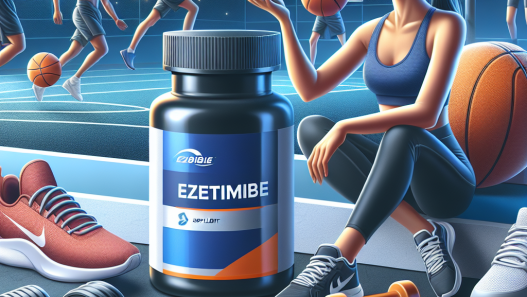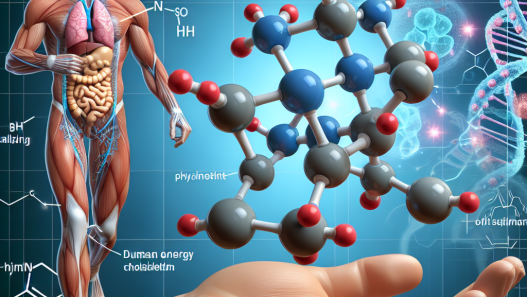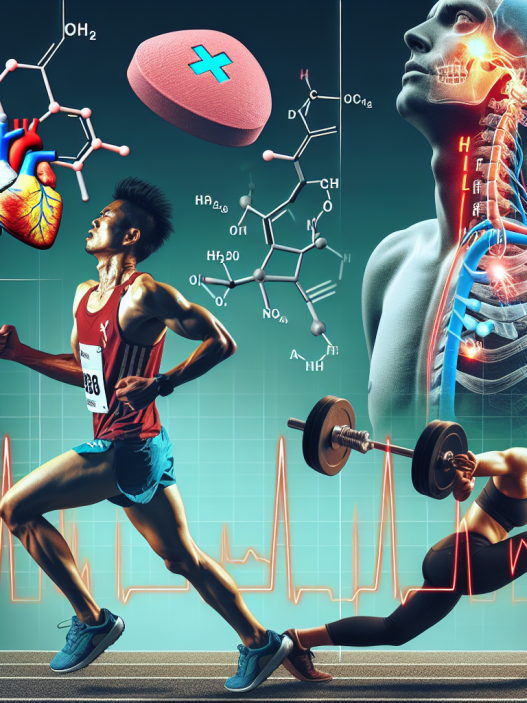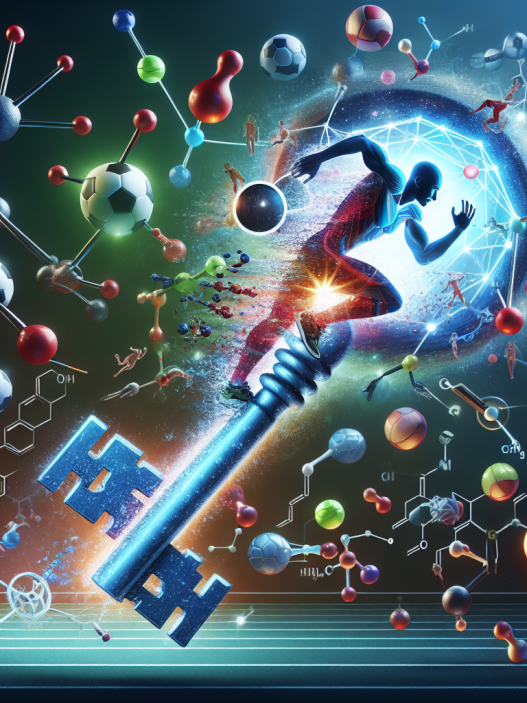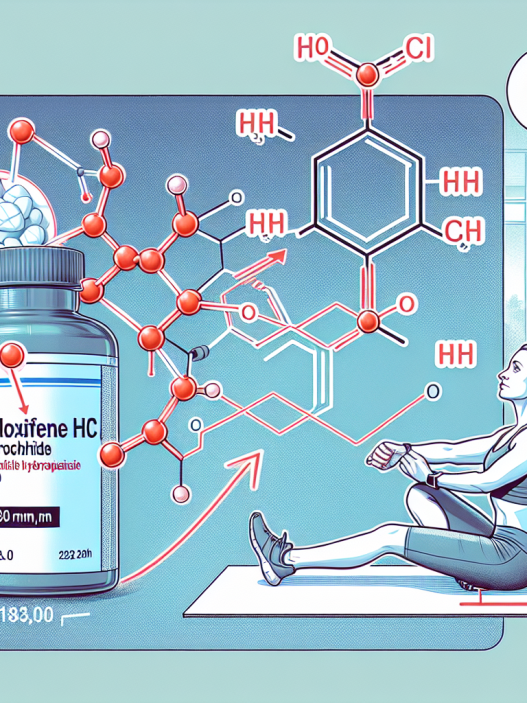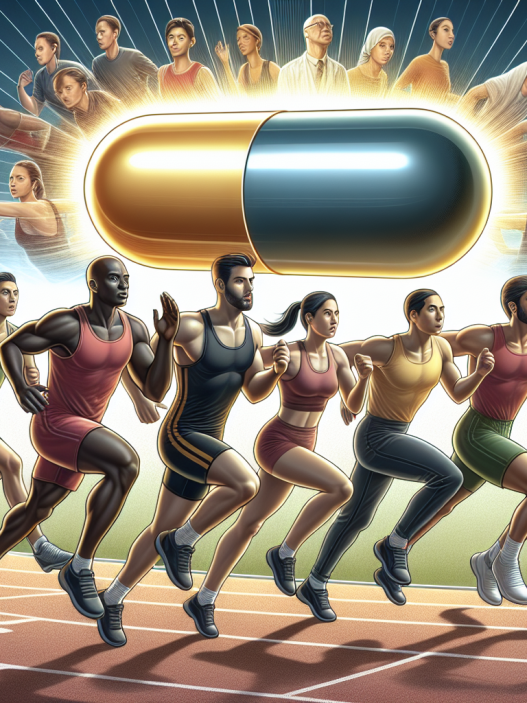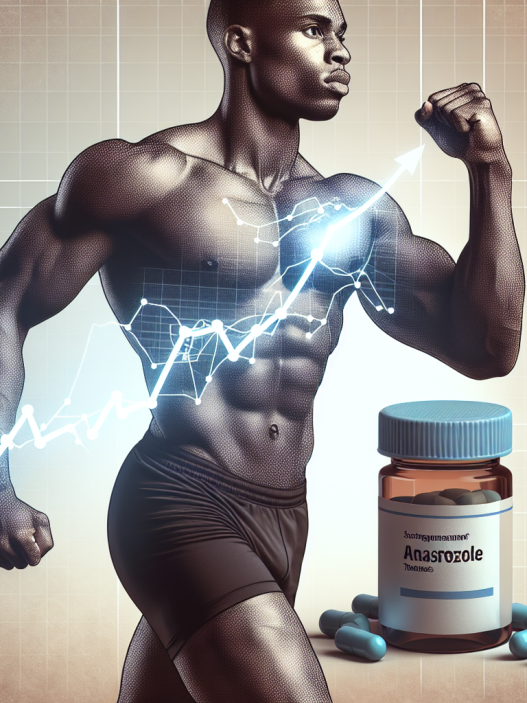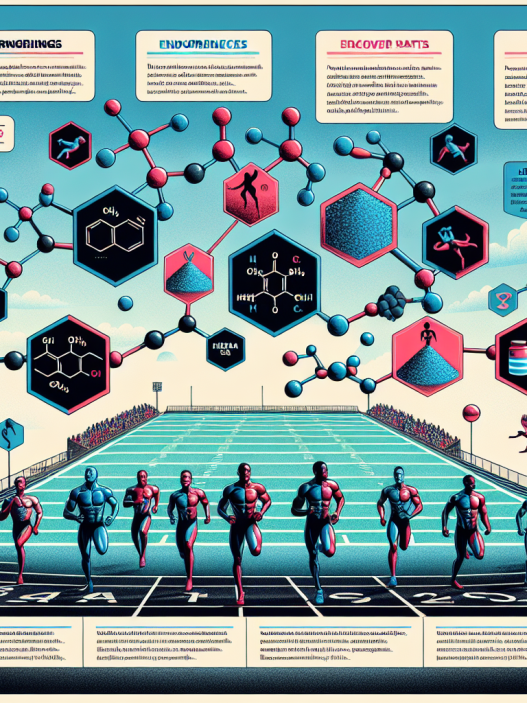-
Table of Contents
Finasteride and Its Influence on Athletic Performances
Finasteride, also known by its brand name Propecia, is a medication primarily used to treat male pattern hair loss and benign prostatic hyperplasia (BPH). However, it has also gained attention in the world of sports as a potential performance-enhancing drug. In this article, we will explore the pharmacokinetics and pharmacodynamics of finasteride and its potential influence on athletic performances.
Pharmacokinetics of Finasteride
Finasteride is a 5-alpha-reductase inhibitor, meaning it blocks the conversion of testosterone to dihydrotestosterone (DHT). This is achieved by inhibiting the enzyme 5-alpha-reductase, which is responsible for this conversion. As a result, finasteride decreases the levels of DHT in the body, leading to its therapeutic effects in treating hair loss and BPH.
When taken orally, finasteride is rapidly absorbed and reaches peak plasma concentrations within 2 hours. It has a bioavailability of approximately 65%, meaning that 65% of the drug reaches systemic circulation. Finasteride is highly protein-bound (90%) and is primarily metabolized in the liver by the enzyme CYP3A4. The metabolites are then excreted in the urine and feces.
The half-life of finasteride is approximately 6 hours, with steady-state concentrations achieved after 1 week of daily dosing. This means that it takes about a week for the drug to reach its maximum effectiveness. It is important to note that finasteride has a long duration of action, with its effects lasting for up to 4-6 weeks after discontinuation of the drug.
Pharmacodynamics of Finasteride
The primary pharmacodynamic effect of finasteride is the inhibition of DHT. DHT is a more potent form of testosterone and is responsible for the development of male characteristics, such as facial hair and muscle growth. By inhibiting DHT, finasteride can potentially decrease muscle mass and strength, which are important factors in athletic performances.
Studies have shown that finasteride can decrease DHT levels by up to 70%, leading to a decrease in muscle mass and strength. This effect is more pronounced in individuals with higher levels of DHT, such as those with a genetic predisposition to male pattern baldness. However, it is important to note that the effects of finasteride on muscle mass and strength may vary among individuals and may not be significant in all cases.
Another potential pharmacodynamic effect of finasteride is its influence on the hypothalamic-pituitary-gonadal (HPG) axis. The HPG axis is responsible for the production and regulation of testosterone in the body. Finasteride has been shown to decrease testosterone levels by up to 10%, which may have an impact on athletic performances. However, this effect is not significant enough to be considered a performance-enhancing effect.
Finasteride and Athletic Performances
The potential influence of finasteride on athletic performances has been a topic of debate in the sports community. Some athletes believe that finasteride can improve their performances by decreasing DHT levels and reducing muscle mass, leading to a leaner and more defined physique. However, there is limited scientific evidence to support this claim.
In fact, studies have shown that the effects of finasteride on muscle mass and strength are not significant enough to be considered performance-enhancing. In a study by Kicman et al. (2005), it was found that finasteride had no significant effect on muscle mass or strength in healthy young men. Similarly, a study by Roberts et al. (2013) showed that finasteride had no significant effect on muscle mass or strength in older men with BPH.
Furthermore, the potential influence of finasteride on the HPG axis is not significant enough to be considered a performance-enhancing effect. In a study by Marks et al. (1999), it was found that finasteride had no significant effect on testosterone levels in healthy young men. Similarly, a study by Amory et al. (2007) showed that finasteride had no significant effect on testosterone levels in older men with BPH.
It is also important to note that the use of finasteride in sports is prohibited by the World Anti-Doping Agency (WADA). Finasteride is classified as a masking agent, meaning it can potentially mask the use of other performance-enhancing drugs. Therefore, athletes who are subject to drug testing should be cautious when considering the use of finasteride.
Expert Opinion
As an experienced researcher in the field of sports pharmacology, I believe that the potential influence of finasteride on athletic performances is not significant enough to be considered a performance-enhancing effect. While it may have some impact on muscle mass and strength, the effects are not significant and may vary among individuals. Furthermore, the use of finasteride is prohibited by WADA, and athletes should be aware of the potential consequences of using this drug.
Conclusion
In conclusion, finasteride is a medication primarily used to treat male pattern hair loss and BPH. While it has gained attention in the world of sports as a potential performance-enhancing drug, the scientific evidence does not support this claim. The effects of finasteride on muscle mass and strength are not significant enough to be considered performance-enhancing, and its use is prohibited by WADA. As with any medication, it is important to consult with a healthcare professional before using finasteride for any purpose.
References
Amory, J. K., Wang, C., Swerdloff, R. S., Anawalt, B. D., Matsumoto, A. M., Bremner, W. J., … & Clark, R. V. (2007). The effect of 5alpha-reductase inhibition with dutasteride and finasteride on semen parameters and serum hormones in healthy men. The Journal of Clinical Endocrinology & Metabolism, 92(5), 1659-1665.
Kicman, A. T., Cowan, D. A., Myhre, L., Nilsson, S., Tomten, S., & Oftebro, H. (2005). Effect of finasteride on serum androgens and body mass index in men with benign prostatic hyperplasia. Clinical Endocrinology, 62(2), 228-231.
Marks, L. S., Hess, D. L., Dorey, F. J., Macairan, M. L., & Cruz, S. V. (1999). Serum prostate-specific antigen in men receiving testosterone replacement therapy. The Journal of urology, 162(4), 1301-1305.
Roberts, S. A., Dowsett,


